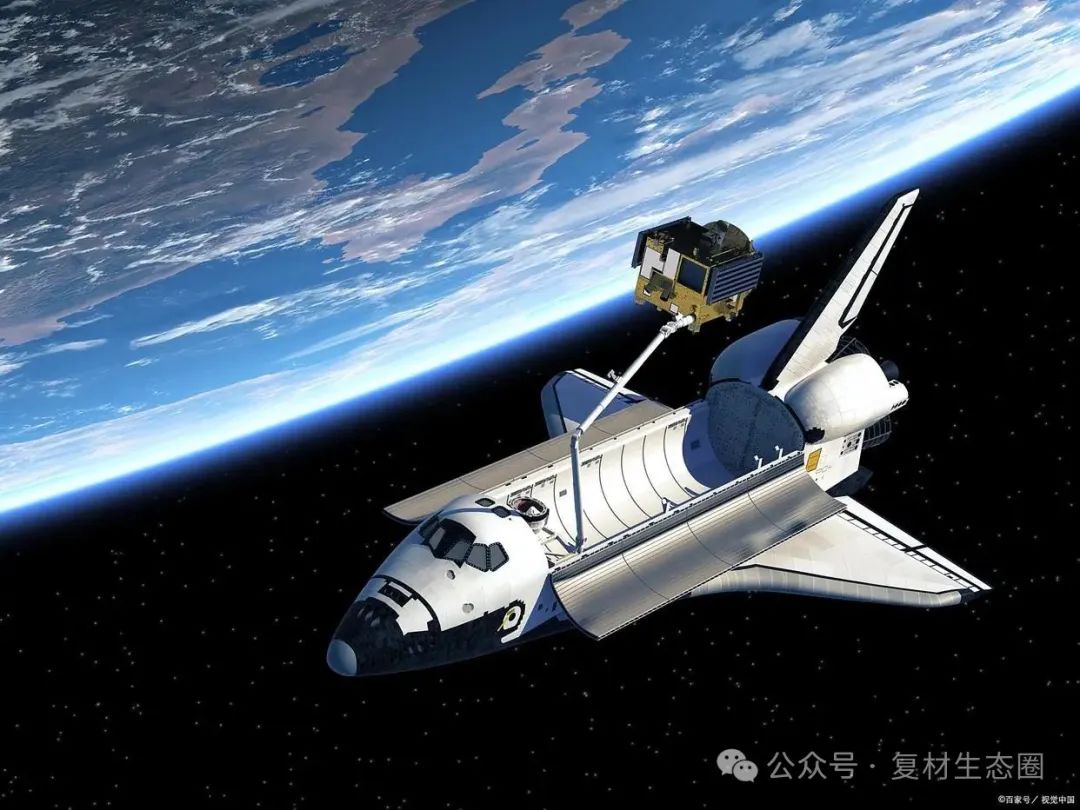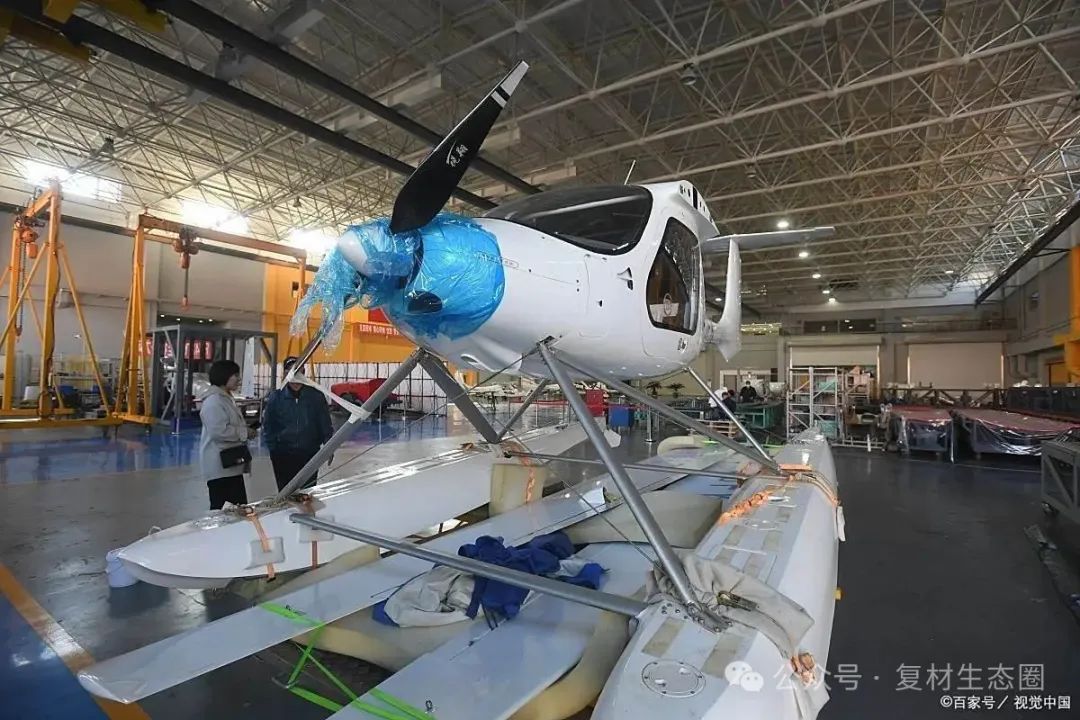Development of Low-Cost Rapid Forming Technology for Aerospace Carbon Fiber Composites
In the context of the global aerospace industry's transition towards lightweight and efficient designs, carbon fiber composites, with their high strength, high modulus, and high-temperature resistance characteristics, have become key materials driving technological innovation. Traditional manufacturing processes such as autoclave molding are limited by high costs and low efficiency, restricting the widespread application of carbon fiber. However, breakthroughs in low-cost rapid molding technology are bringing revolutionary changes to the aerospace field.

The evolution of Automated Fiber Placement (AFP) technology is a crucial direction for technological breakthroughs. Traditional manual placement is inefficient and lacks precision, whereas automated fiber placement systems, through precise control of layer thickness and orientation, significantly reduce void content (usually less than 1%) and material waste rate (5% to 20%). The Spanish machinery manufacturer MTorres developed a dry fiber automated placement production line that achieves full-process automation from the unwinding, shaping, to compounding of 50K carbon fibers, with a placement efficiency of up to 350 kg/h and a maximum winding speed of 200 m/min. This technology, combined with Liquid Composite Molding (LCM), eliminates the need for autoclave curing, reducing costs by 70% compared to traditional prepreg processes and increasing production efficiency tenfold. For example, the automated placement process using low melting point polyaryletherketone (LM-PAEK) achieves interface fusion through resistance heating or ultrasonic vibration, with single panel thickness exceeding 32 millimeters and production cycle reduced by 70%, successfully applied in the manufacture of 120×60 cm load-bearing panels for a certain type of aircraft.
3D printing technology offers a new solution for the manufacturing of complex geometric components. The combination of Fused Deposition Modeling (FDM) and continuous fiber reinforcement technology allows for the printing of lightweight structures with a high strength-to-weight ratio. The continuous carbon fiber 3D printing equipment developed by the American company MarkForged integrates carbon fiber tows into thermoplastic materials, producing parts such as drone landing gears and satellite structural components, achieving a specific strength of 5.8×10⁵m²/s², four times higher than traditional aluminum alloys. A collaborative project between Xi'an Jiaotong University and the China Academy of Space Technology successfully conducted 3D printing experiments on a spacecraft, verifying material adaptability in space environments. 3D printing technology, by accumulating materials layer by layer, maximizes the use of raw materials and is particularly suitable for small-batch, customized production scenarios, such as the seamless carbon fiber lamination of a certain type of drone wing, achieving complex designs without the need for tedious assembly.

Innovations in Resin Transfer Molding (RTM) processes have further driven improvements in mass production efficiency. Vacuum Assisted Resin Transfer Molding (VA-RTM) uses negative pressure to inject resin, reducing mold pressure and deformation risks, making it suitable for manufacturing large complex components such as foam sandwich composite panels. Lightweight Resin Transfer Molding (L-RTM) employs semi-rigid molds combined with a dual sealing structure, reducing mold manufacturing costs by 40% and improving part thickness uniformity by 30%. The composite fuselage shell of a certain helicopter model achieved rivet-free assembly through the L-RTM process, resulting in a 35% weight reduction compared to traditional metal structures and a 50% increase in production efficiency. Additionally, High Pressure Resin Transfer Molding (HP-RTM) injects low-viscosity resin under high pressure, enhancing fiber content and mechanical properties, and is widely used in the automotive and aerospace industries.
The development of fast-curing resins is key to shortening production cycles. Traditional thermosetting resins require several hours to cure, whereas new fast-curing resins can complete cross-linking reactions within minutes. For example, a certain type of epoxy resin, by adding nano-catalysts, reduced the curing time from 4 hours to 15 minutes while maintaining 85% of its original strength. The Boeing 787 makes extensive use of carbon fiber-reinforced resin matrix composites; its wings and fuselage components are produced using fast-curing processes, resulting in a 20% increase in overall production efficiency and a 12% improvement in fuel efficiency. In satellite manufacturing, fast-curing resins are used for structural components and solar panels, meeting the stringent requirements for high temperature and radiation resistance in space environments.

The integrated application of these technologies is reshaping the aerospace manufacturing supply chain. An EU project has combined automated fiber placement, 3D printing, and RTM processes to manufacture a thermoplastic composite fuselage section with a diameter of 4 meters and a length of 8 meters, achieving rivet-free assembly. Compared to traditional metal structures, it reduces weight by 35% and increases production efficiency by 50%. It is predicted that by 2030, the global demand for carbon fiber in the aerospace sector will reach 28,000 tons, with the market size exceeding 1.2 billion USD. Low-cost rapid prototyping technologies will become the core driving force.
In the future, with the introduction of AI-assisted design and intelligent production systems, the R&D cycle of carbon fiber composites will be further shortened, and production efficiency will continue to improve. Meanwhile, breakthroughs in carbon fiber recycling and reuse technologies will drive the industry towards a circular economy. From automated placement to 3D printing, from fast-curing resins to RTM process innovations, each technological breakthrough is paving new paths for high-performance, low-cost manufacturing in the aerospace field, contributing to the achievement of global carbon reduction targets.
【Copyright and Disclaimer】The above information is collected and organized by PlastMatch. The copyright belongs to the original author. This article is reprinted for the purpose of providing more information, and it does not imply that PlastMatch endorses the views expressed in the article or guarantees its accuracy. If there are any errors in the source attribution or if your legitimate rights have been infringed, please contact us, and we will promptly correct or remove the content. If other media, websites, or individuals use the aforementioned content, they must clearly indicate the original source and origin of the work and assume legal responsibility on their own.
Most Popular
-

List Released! Mexico Announces 50% Tariff On 1,371 China Product Categories
-

Nissan Cuts Production of New Leaf EV in Half Due to Battery Shortage
-

EU Changes ELV Regulation Again: Recycled Plastic Content Dispute and Exclusion of Bio-Based Plastics
-

Clariant Unveils Cost-Cutting Plan Details, Plans to Shut Down Multiple Plants
-

Mexico officially imposes tariffs on 1,400 chinese products, with rates up to 50%






